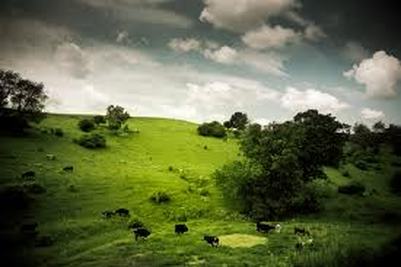
It got me thinking more about this whole pasture-raised vs grain-fed thing. It's not just about what's better for the cow and the environment. It's also about land management. A lot of land is used to raise cattle conventionally. Land that could be sequestering carbon while raising happier cows. On a CAFO (Concentrated Animal Feeding Operations), livestock are designated to a dirt feedlot while their feed is grown on a different field perhaps a few hundred miles away. So big is that field that over 55% of the corn produced in the US is for animal feed. Not only are the animals concentrated but so is there waste which creates air and water pollution. And the field that grew their food is GMO and uses buckets of chemicals. The soil quality erodes so more chemicals are needed. In the case of nitrogen fertilizer, soil and plants can only absorb about 30%. The other 70% leeches into ground water. Season after season, these fields are tilled further reducing the soil's potential to sequester carbon.
In pasture-raised, the cows get a diet they were designed to digest, mixed grasses plus loads of room to roam. And barrels of oil didn't need to be used to truck in their feed. Instead, they grow their own food. Talk about "farm to table." The farmer rotates them between fields not letting them overgraze. In their path, they leave manure to fertilize the grass. Soil is kept in tact and never needs to be tilled allowing the soil to reach its full carbon storing potential. Pasture-raised is way less land intensive both in scale and impact. Cattle share the same land upon which their food was grown and it requires no chemical fertilizers, pesticides or herbicides. Keep it simple and manage the land wisely. We might just eat better and mitigate climate change in the process.
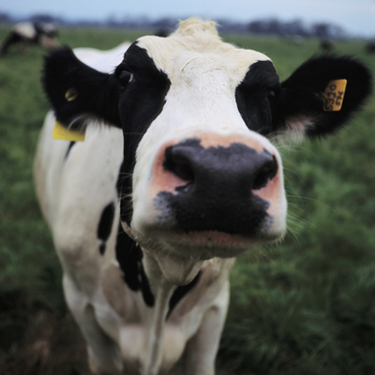
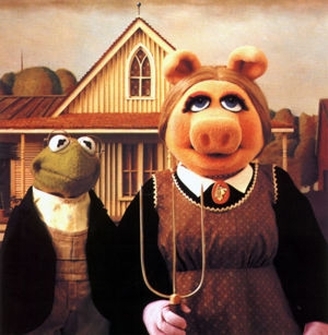
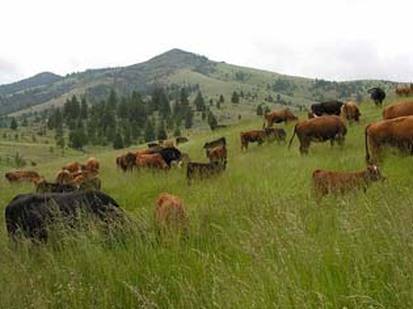
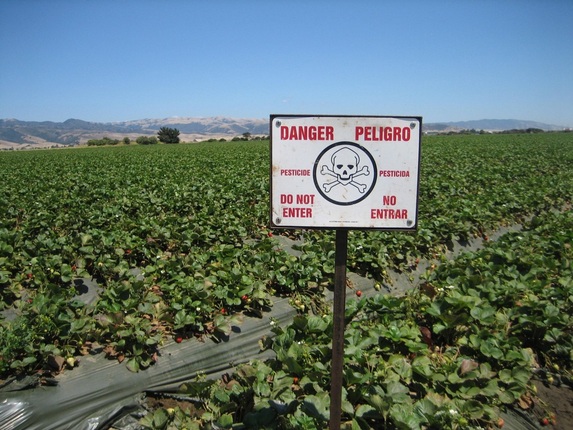
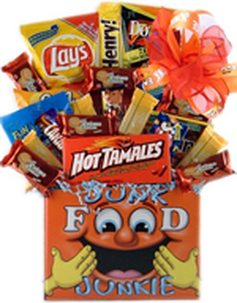
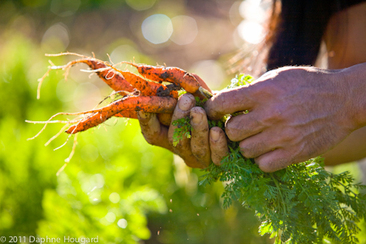

 RSS Feed
RSS Feed
